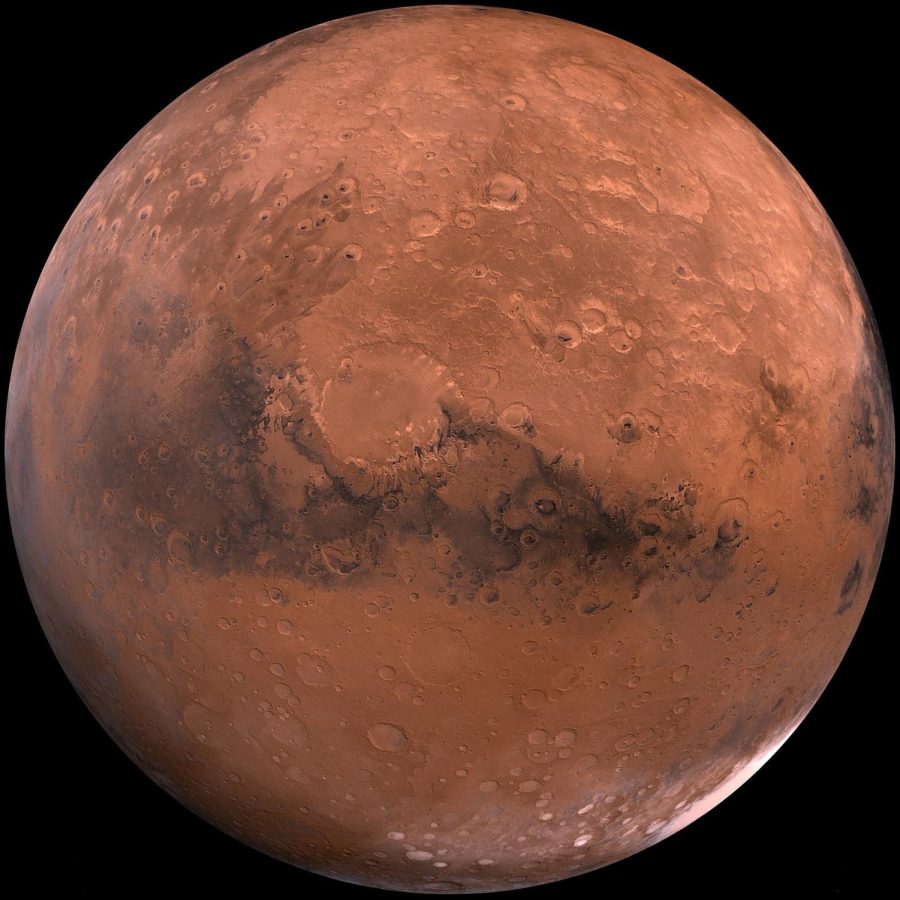The last time a human being has set foot on the moon was just over 45 years ago. Last week, President Trump took a step in favor of human exploration, including plans to send humans back to the moon and eventually to Mars.
Trump signed “Space Policy Directive 1,” alongside retired NASA astronaut Harrison “Jack” Schmitt, the most recent living person to walk on the moon and a crew member of Apollo 17.
“The directive I’m signing today will refocus America’s space program on human exploration and discovery. It marks an important step in returning American astronauts to the moon for the first time since 1972 for long-term exploration and use,” Trump said in his statement. “This time, we will not only plant our flag and leave our footprints — we will establish a foundation for an eventual mission to Mars, and perhaps someday, to many worlds beyond.”
This news excites scientists and astronomy enthusiasts across the country as humans have never left the orbit of earth. A trip to Mars will be a huge feat for mankind.
Funding for these future missions can be controversial. Billions of dollars will have to be spent to create the rockets, launchers, and blueprints for a successful trip to Mars and the moon. Some may argue humans have enough problems here on earth that need to be dealt with before we travel beyond our earth’s orbit. The great thing about the Mars exploration is the science and technology needed to send humans there will greatly improve our lives. “Technology drives exploration,” NASA says.
NASA is building cutting-edge technology that will help us continue our journey into outer space and even save lives. “Our workforce is committed to this effort, and even now we are developing a flexible deep space infrastructure to support a steady cadence of increasingly complex missions that strengthens American leadership in the boundless frontier of space. The next generation will dream even bigger and reach higher as we launch challenging new missions, and make new discoveries and technological breakthroughs on this dynamic path,” said NASA administrator Robert Lightfoot.
The trip to the moon is set to occur by the end of the decade. The trip to Mars is not expected to occur until the late 2030s. “Space Policy Directive 1” gives hope for a bright future for exploration and mankind.









